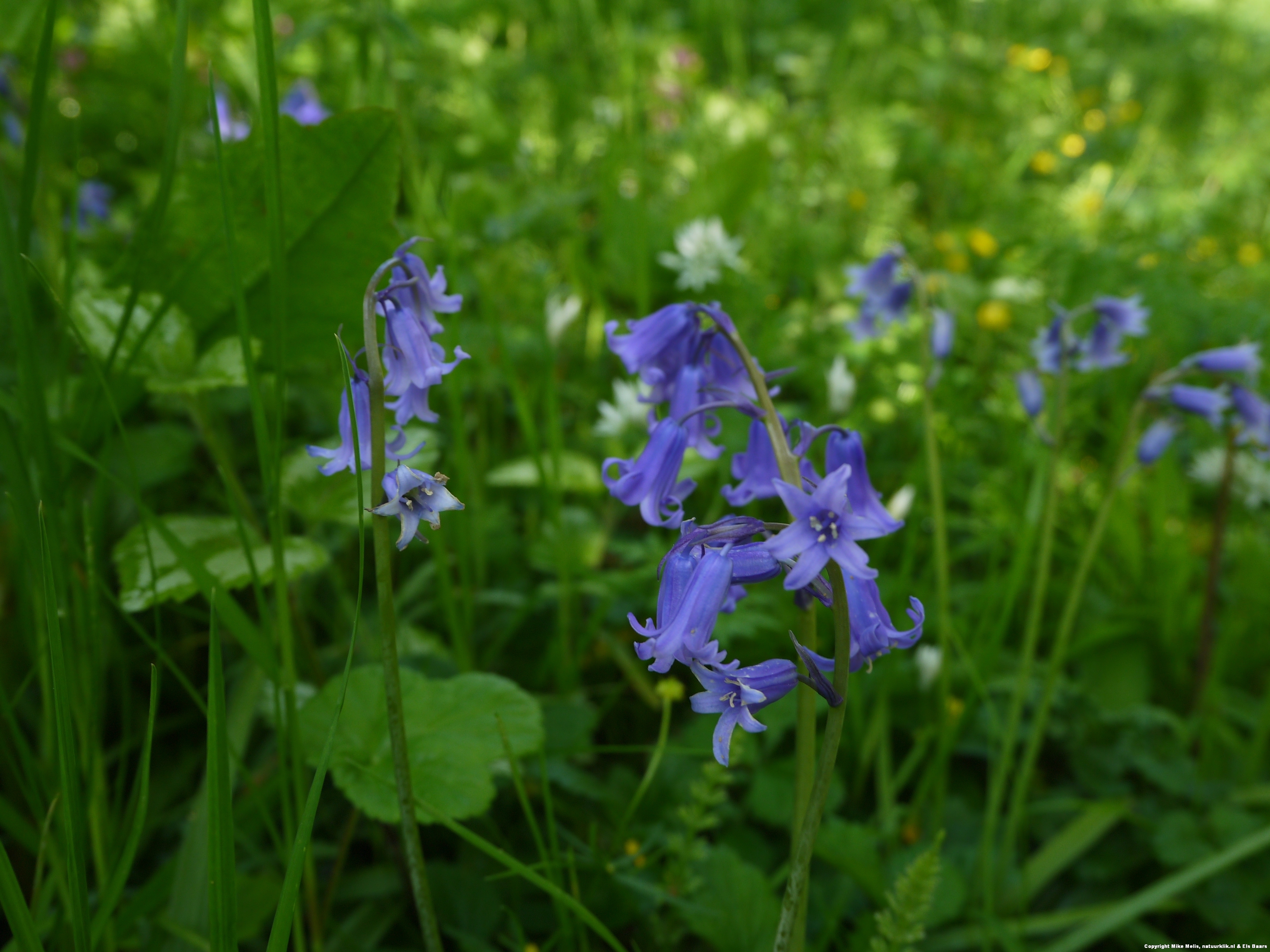On late winter days I do so love the fragrant scent of hyacinths in my house. A flower that not only smells gorgeous, it also flowers with a multitude of tiny bells which together form a round flower. A substantial flower with substantial leaves which braves the cold days of early spring. The hyacinth owes its name to a handsome prince from Ancient Sparta. Listen to this tragic Greek myth:
Hyakinthos was not only special because he was a prince of Sparta, he was also especially handsome. It was as if his muscular body was carved out of marble; his long hair danced as he walked; and his dark eyes gave everyone a warm welcome. However, his most attractive and extraordinary feature was his body odour: arousing the senses like a spring meadow in full flower.
Hardly surprisingly, he was an object of desire for mortal princesses and immortal gods alike.The god of the south wind, Zephyros fell in in love with Hyakinthos. He never missed a chance to spread the young man’s scent around and to caress his long hair and highly desired body with a breeze. But another Greek god besides Zephyros had an amorous eye on the beautiful prince. This rival was Apollo, the handsome athletic god who always knew how to say profound words at the right moment and enchanted many others with his poetic songs.
Zephyros was afraid he was no match for Apollo and did everything imaginable to stop Hyakinthos falling for the famous charmer. Whenever Apollo and Hyakinthos were off together on some romantic panoramic peak in the mountains, Zephyros organized stormy winds. With the rain god’s assistance, he ruined the couple’s walks. He made sure that the delightful music from Apollo’s zither were blown away in turbulent currents of air, so that the most beautiful composition Apollo had ever written was never heard. But it was all to no avail: Hyakinthos lost his heart to Apollo.
Zephyros, the south wind, was deeply wounded at being rejected by Hyakinthos and resolved to have his revenge, intensifying his efforts to come between the two. Above all else the lovers loved challenging each other in the field of sport. One spring day Hyakinthos threw the discus so far that Apollo had to throw his even more powerfully. A sudden gust of wind caused the discus to veer off course, hit a rock and on the rebound it struck the head of his beloved. As Hyakinthos lay in Apollo’s arms, the life ebbed away out of his body.
In Ancient Greece the dead were taken by Hades into the underworld. Apollo wanted to stop this from happening and keep his beloved prince with him forever. From the blue blood of the royal Hyakinthos he created an attractive violet blue flower, which he named ‘Hyakinthos’, more commonly known to us as ‘Hyacinth’. Look carefully at the dark green leaves and you can still see the small channels chiselled by the salt where Apollo’s tears had flown. Zephyros, the south wind, regretted what he had done and every spring he spreads across the fields Hyakinthos’ entoxicating body odour which Apollo had given to the hyacinth.
Cultivated hyacinths for sale are a familiar sight in late winter and early spring. The blue, pink or white flowers blossom with a mass of tiny bells on a substantial main stem.The wild hyacinth, however, has a simpler violet blue flower: with a few small freely hanging bells on a slender, slightly curved stem and narrow leaves. The naturalization you often see in the woods takes place through bulbils and seeds. The seed germinates best in the autumn after a warmer period with temperatures of above 20 degrees, followed by a cooler period of about 10 degrees. Too high or too low temperatures are not good for the germination process. For this reason the wild hyacinth prefers mild climates, in particular the British Isles, where they carpet the earth in deciduous woods. Plants germinating from seeds take 5 years before they flower.
This bulb is not a native to The Netherlands. It was probably imported in the 17th century from England, where you now mainly see naturalized stinzen flora (plants from old country estates and farms). In the woods you will mostly see a mixture of the northern scilla non scripta and the southern scilla hispanica, commonly known as the ‘wild’ hyacinth.
In Belgium and West France hyacinths still grow in the wild in coastal areas, but their habitat is threatened. Wild hyacinths prefer to grow in the moist, sandy soil of deciduous woods, and are often found in the dunes. They flower in mid-spring.
(Nature information from: Nederlandse Oecologisch Flora, part 4, E. Weeda et al)
This myth is an adaptation of the story from the Metamorphoses by Ovid.

